5 Paintings of Satan You Haven’t Seen Before
Paintings of Satan are a recurrent theme in art, ranging from religious portrayals to contemporary interpretations. As the symbolic representation of...
Errika Gerakiti 9 March 2024
Heaven and earth are never as close as they are on that day. November 1 and 2 are traditionally celebrated as the Day of the Dead when spirits come to earth to meet their relatives and eat and drink with them. At least this is what happens on the Day of the Dead in Mexico…
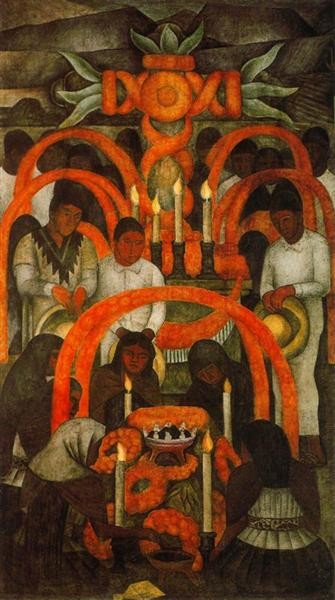
The origins of this day and its basic motifs can be traced back 3,000 years to the Aztecs, but the iconography of skeletons and skulls that is so familiar to us today, we merit to José-Guadalupe Posada, who drew hundreds of personified skeletons, and Diego Rivera, who portrayed the traditional celebrations of this holiday.
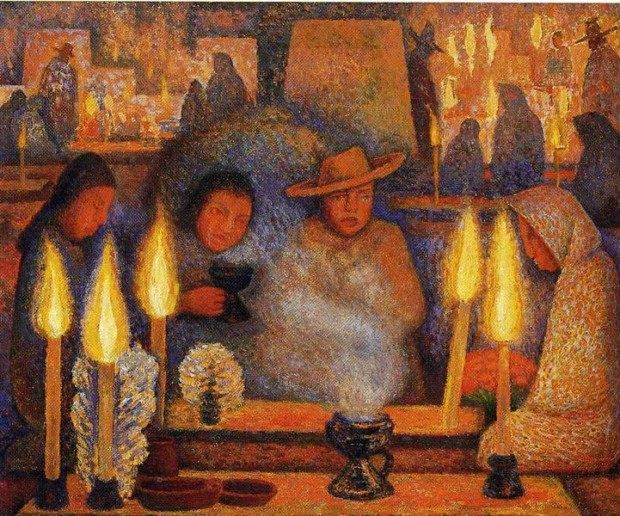
On this day, people visit their dead in cemeteries. They bring food and drinks, play cards, sing songs, and pray. They also make colorful altars for their family spirits in their houses, which are decorated with flowers, feathers, nuts, candies, and chocolate skulls.
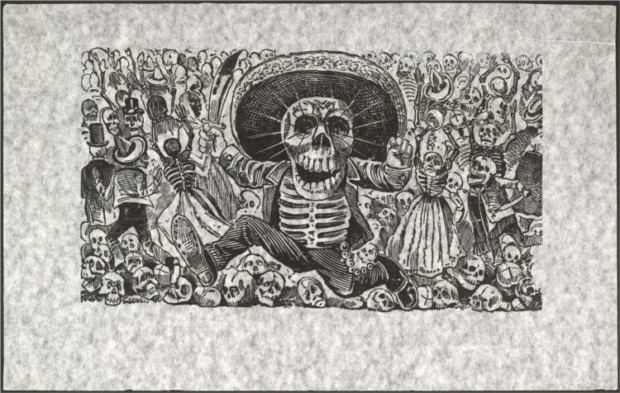
Calavera means “skull”, but its meaning can be extended to “skeletons”. Posada made a whole series of etchings depicting calaveras doing some nasty, or less nasty, things. This proud-looking one is dressed as a charro, a traditional Mexican cowboy. He is running past a crowd of skeletons with a blood-stained knife in his hand.
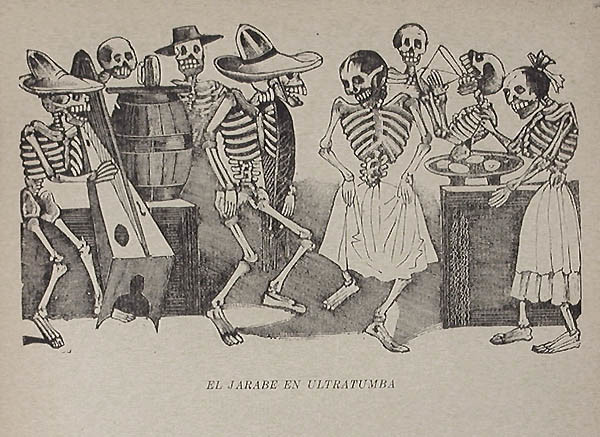
The Folk Dance Beyond the Grave depicts a group of merry skeletons who are celebrating their holiday. They eat, drink, play music, and dance the traditional Mexican folk dance, jarabe.
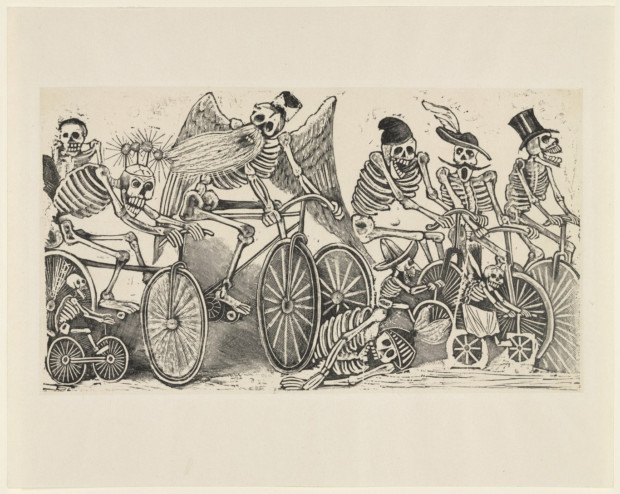
Posada published his etchings in the public press, often with a satirical message. This time, however, it’s more a moralistic one: it’s never too late to pick up sports!
DailyArt Magazine needs your support. Every contribution, however big or small, is very valuable for our future. Thanks to it, we will be able to sustain and grow the Magazine. Thank you for your help!